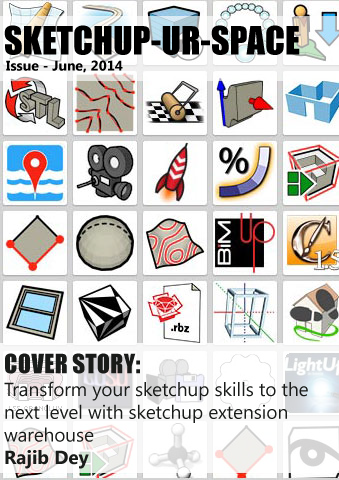|
THE STORYTELLERS
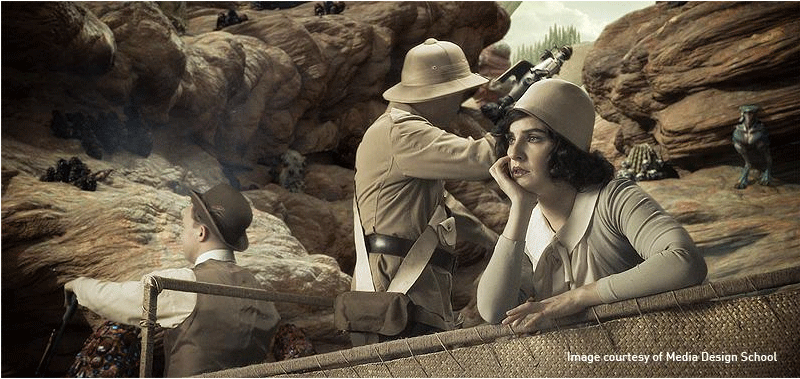
Media Design School is a unique place bringing together education and creative talent. Tell us a bit about the school’s history and the courses taught.
Media Design School was founded in 1998 and has really established a reputation for providing education and project-based learning in specialist areas including 3D animation, VFX, game development and design. Our faculty members bring a lot of industry connections and experience to the curriculum as well, so students are wellprepared for careers in the creative sector.
Can you tell us about the teaching methods the school uses? Is there a specific approach unique to the school?
Media Design School prepares students to work in creative fields, and it has a long history of working with industry to ensure students are able to hit the ground running when they enter the workforce.
Team productions are an important aspect of the experience at Media Design School. We focus on teaching students how to be great 3D artists, making sure that they have the depth of knowledge and experience to produce world-class work that gets them noticed - and into great jobs.
To give students production experience and some amazing shots to work on, we bring industry productions into the school. Our lecturers are filmmakers themselves, so they take on the responsibility of directing and producing the live-action/VFX short films. We also work with industry professionals including writers, cinematographers, actors, composers and sound designers, so students learn by watching professionals at their craft and running productions using best practices.This approach allows us to produce top-notch work and provide an unparalleled, hands-on experience for students.
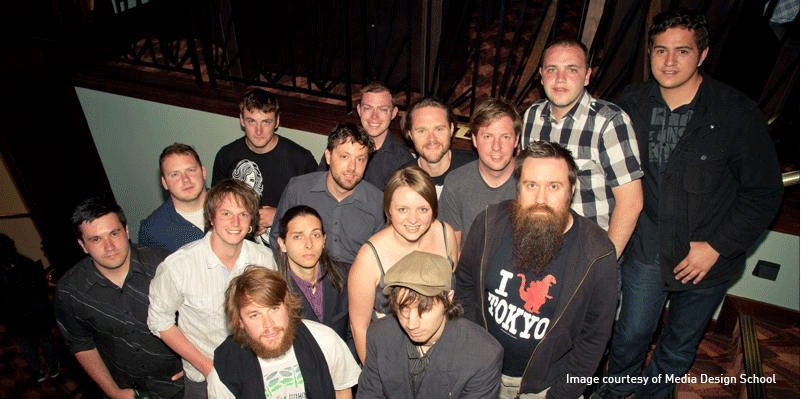
How would you describe the culture and the spirit of the school?
New Zealand’s reputation for producing high-end films, and Media Design School’s specialist qualifications in animation and visual effects, attracts students from all over the world.
These students are incredibly motivated and focused. Generally, the environment is supportive, and there’s a lot of collaboration on projects; but there is a bit of healthy competition. Each class tries to outdo the work of previous classes, and the results are usually really impressive.
Students work long hours under tight deadlines during productions, so they definitely have a realistic taste of what the industry is like for 3D artists. And now that we are offering specialist degrees in computer animation and visual effects, the commercial experience is augmented by academic research and study. This balance gives our graduates the skills to be productive as soon as they start working and the ability to adapt to changes throughout their career.
INSPIRATION AND TEAM WORK
How did you come up with the idea about The Deadliest Game?
Like many of our films, this production began with a brainstorming session in class. We kick ideas around and try to find an idea that gets everyone interested in – and that we can actually shoot.
The Dr Grordbort project started out with an idea about an Animal Planet-type guy on an alien planet. We were imagining hunters and pith helmets, and that reminded us of the retro-future world of Dr Grordbort created by Greg Broadmore. Greg is a concept designer who has worked on projects including The Adventures of Tintin, District 9, Avatar and King Kong, and had recently given a talk at the school.
We asked him if we could make a short film based on his creations. Fortunately, he’d seen another student project – a zombie romance called Rotting Hill – and he loved it. He showed it to Richard Taylor, the head of Weta Workshop and co-owner of the Dr Grordbort property, and he loved it, too.
They both said ‘yes’ to putting the world of Dr Grordbort on film for the first time. Everyone at the school flipped with excitement. I told a writer friend of mine and he nearly fell off his chair. He is a big Dr Grordbort fan and is a proud owner of one of the collectable guns. He volunteered to write the script, and off we went.
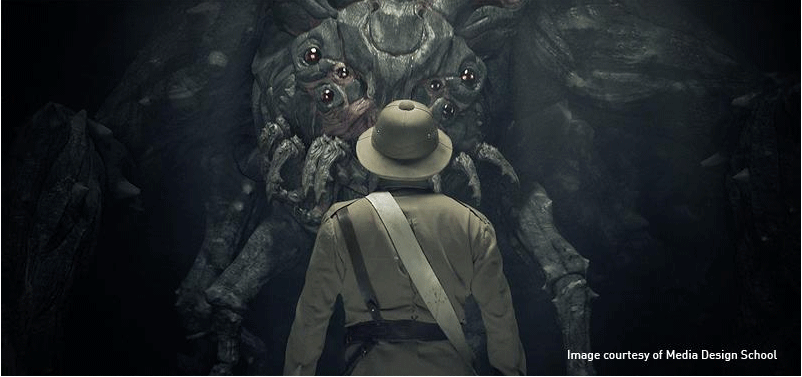
What are some of the funniest moments during the making of the The Deadliest Game?
Like many of our films, this production began with a brainstorming session in class. We kick ideas around and try to find an idea that gets everyone interested in – and that we can actually shoot.
We were shooting test clips of elephant walk cycles, and we had four students carrying a table with a fifth student balanced on top hanging on for dear life. That looked pretty silly, but it helped us learn what we needed to get the shots right.
Building the set was quite an experience too. It took two of us to weld together 30m of box steel, then five of us wrapped the steel in what must have been miles of twine, as well as fashioning the rest of the moveable set. It took about 140 hours to make and just two hours to cut up when we finished. We managed to catch some of this on our “Making Of” film.
How was it like to work with the team? What did you learn from the process?
The team worked incredibly hard, and it was great to be able to show the final film with the huge sound mix and score on the big screen. I learned many things along the way of this production: how to use an arc welder, that seven pages is too much to shoot in one day, and that doing ADR is not simple...
Which film festivals is The Deadliest Game going to participate in?
A bit too early to say at this stage, but we have had a few early successes including an official selection of the 37th Boston Science Fiction Film Festival.
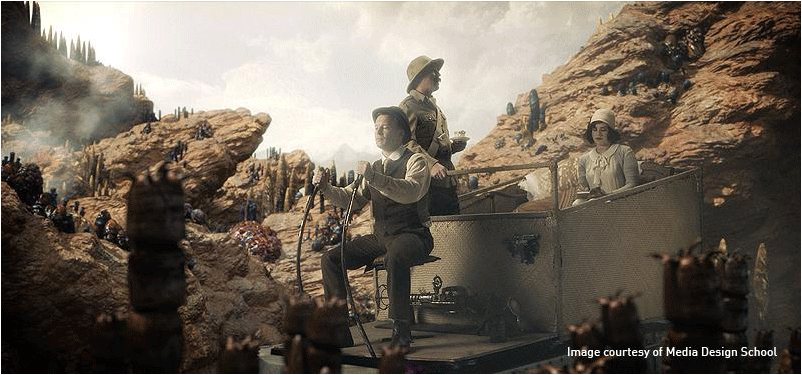
THE BACKSTAGE EXPERIENCE
Which were the most challenging parts of the short? What technical approach did you use to solve them?
Interestingly, the creatures themselves were not too tricky. The big guy at the end was hard because he was complex but the rest only became tricky when we needed to do something - like shoot off its head.
The environments were a bigger challenge than expected. One of the students developed a great procedural system for generating rocks with Maya displacements and rendering it in V-Ray; it gave us the right balance between control and efficiency.
We did experiment with the indirect illumination options to find the best solution for this project, and we eventually settled on primary irradiance with single caches for the scene and animation caches for the creature passes.
We were driving the lighting for each scene with an HDRI image, and we would enhance with key lights in the same place as the lighting in the HDRI images. Sometimes we would kick in bounce cards just like on set, and they worked just as you would expect - which was great.
What was your main concern when creating the organic shaders? Are you satisfied with the control that the V-Ray materials give you?
The shift to V-Ray from Mental Ray was smooth, especially as the shaders behaved in a familiar way. The SSS shaders were easy to control with good responses to light that made them quite predictable. In general, the challenge of organic materials wasn’t too tricky with the V-Ray shaders.
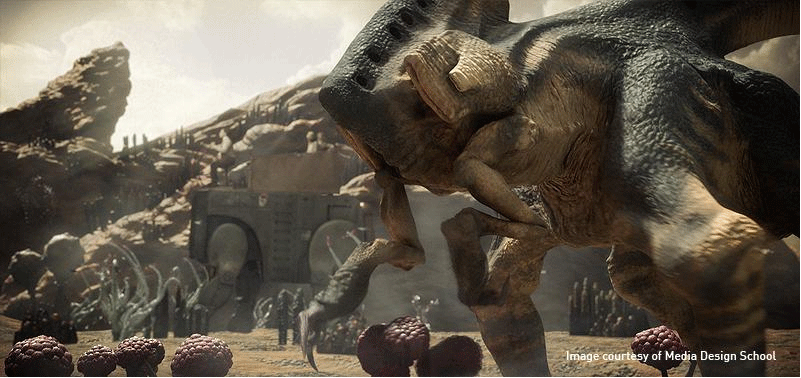
How would you describe the role of V-Ray in your filmmaking process? Which features did you find most helpful?
The predictability of the lights was great to work with. Setting up lights is my favorite part of doing 3D, and I loved being able to mimic the real world and get more natural results much faster.
V-Ray lifted the level of realism in our lighting. For comparable render times we were able to produce higher quality lighting solutions that incorporated subtle bounce light effects with a few key lights and bounce cards.
CUSTOMER BENEFITS
We are very grateful to the support given to us by Chaos Group and their local sales representative, Michael Abel at Storm FX in Australia. When the project grew a bit more than we anticipated they allowed us to continue on with their support. Also the learning resources and tech help got us up and running in lightning fast time.
The transition from Mental Ray was quite straightforward and nothing to be afraid of. In hindsight, changing to a new renderer at the start of our most challenging film was a bit risky, but it worked out fine and paid dividends in the quality of the final product.
Tell us about your current and upcoming projects.
We will be starting our next film with the next group of students. We don’t know what it will be yet – it really depends on what the class comes up with. But we will be using V-Ray again. In fact, we are switching to V-Ray for all our productions from now on. We are shifting to V-Ray because it creates better looking renders. The physically accurate lighting looks beautiful.
We are hoping to get our teeth into a stereo project at some point but that wouldn’t belive action.
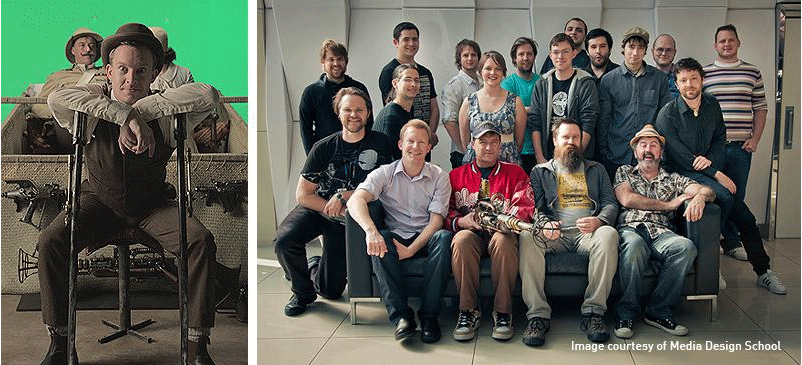
Cross posted from Chaos Group Newsletter
|



